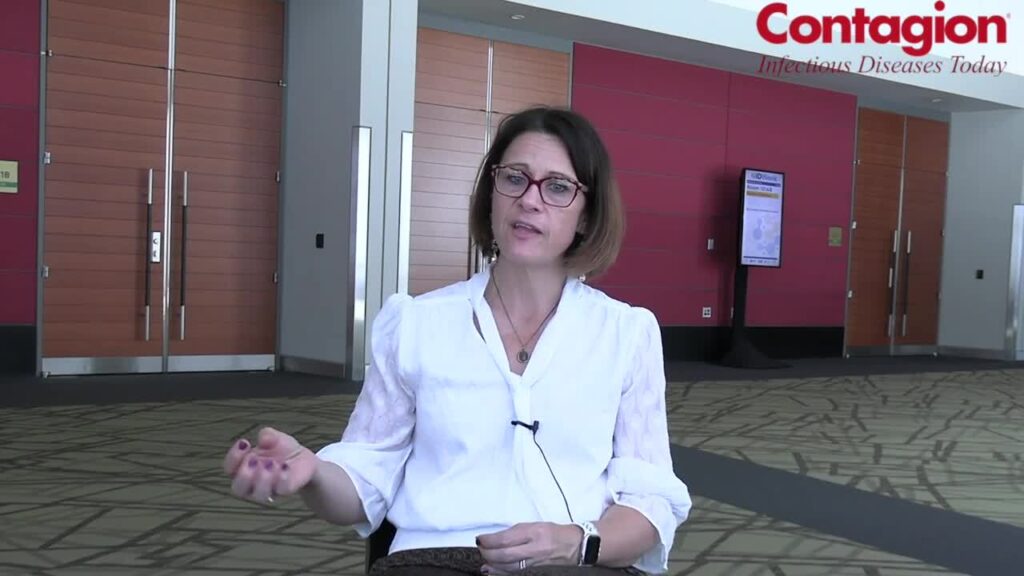Data has shown central line associated bloodstream infections (CLABSI) increased during the COVID-19 pandemic. However, a greater understanding of what the determinants were for this activity were not widely studied or understood.
As such, a group of investigators associated with Charlotte, NC-based Advocate Health evaluated what factors including whether race impacted risk for development of CLABSI prior to and during the COVID-19 pandemic in patients with indwelling central venous catheter (CVC).
Specifically, they conducted a retrospective cohort study across 11 acute care hospitals in the southeastern US during a study period between 2019-2021. Within this period, there was the pre-pandemic period from 1/1/2019 – 2/29/2020, and the pandemic period defined as 3/1/2020 – 12/31/2021. The data collected included demographic factors including self-reported race and ethnicity, comorbidities, COVID-19 status and central line characteristics. The primary outcome was the first CLABSI that was diagnosed during the admission.
“Of the 46,259 patients with central lines, 313 developed a CLABSI during the study period (109 pre- and 204 during- pandemic, a significant proportional increase), the investigators wrote. “Risk factors for CLABSI in the pre-pandemic period included cancer diagnosis, receipt of total peripheral nutrition (TPN) during hospital stay, intensive care unit encounter, and longer length of stay and average line days.”
Coinvestigator Catherine Passaretti, MD, vice president, Southeast Region epidemiologist, Advocate Health, and clinical professor of infectious diseases, Wake Forest University, says they witnessed differences in CLABSI between black and white patients during COVID-19. “Black patients had a higher risk of CLABSI during the pandemic that we did not see before…that difference between black and white patients really stood out for patients without COVID.”
In fact, Black patients without COVID-19 were 1.6 times (95% CI 1.09, 2.41) more likely to develop CLABSI compared to White patients, the investigators note. There were other risk factors for infection including Medicare insurance (OR 1.68), presence of a dialysis catheter (OR 1.57, or higher body mass index (OR 1.01).
Does Stress Play a Role as a Risk Factor?
In addition, the stressors placed on health care during the pandemic may have contributed to risk factors as clinicians were challenged to care for a surging public health issue.
“Health care was very different at the height of the pandemic when the study took place. So certainly, care delivery and stressors on health care, potentially contributed,” Passaretti said. “So how do we better prepare for stress in healthcare settings? How do we make sure that care provided for infection prevention, even during times of stress is equivalent across the board so we don’t lose ground?”
Passaretti believes creating best practices during these periods may be a solution to consider.
“[We need to understand] how do stress and burnout play into health care behavior, and then making sure we hardwire basic practices in even during times of stress.”









Your point of view caught my eye and was very interesting. Thanks. I have a question for you.